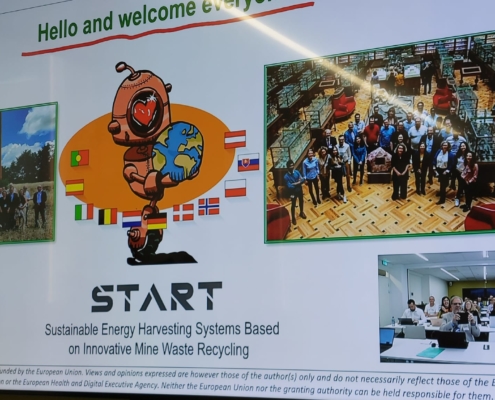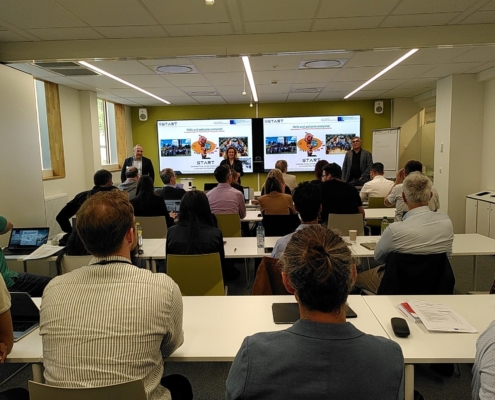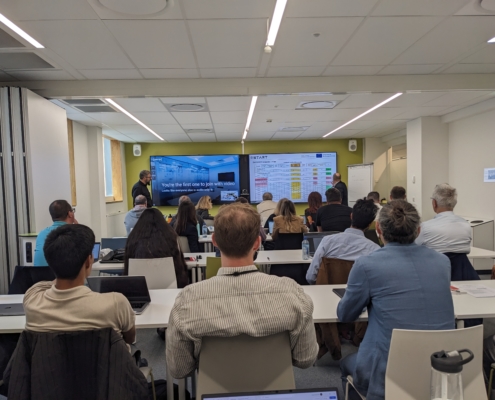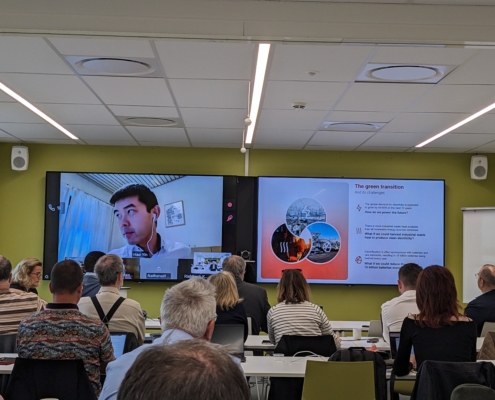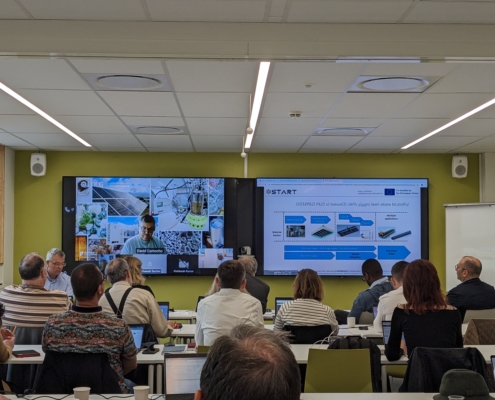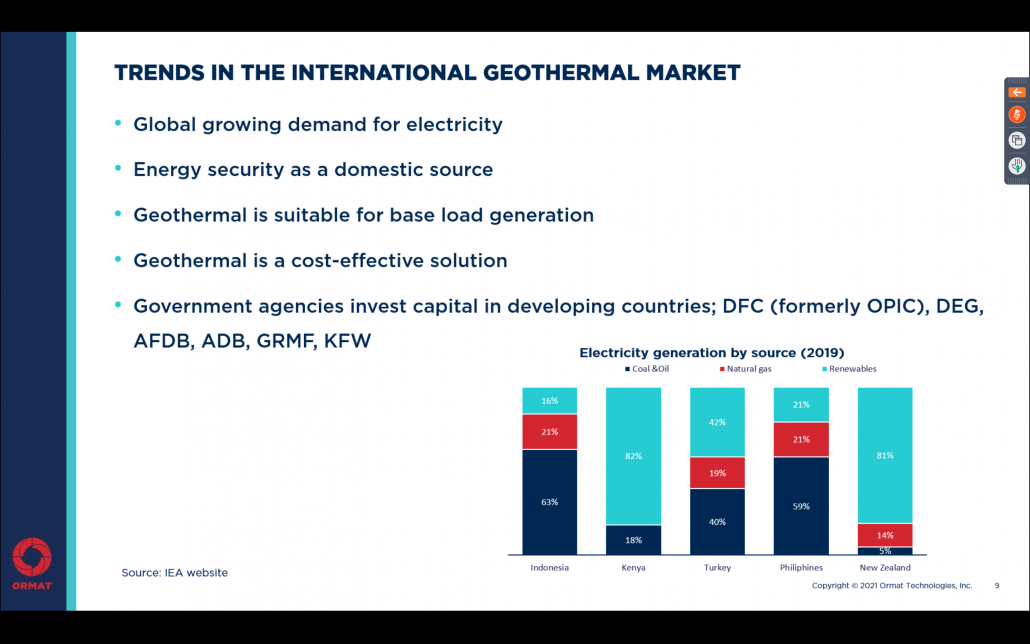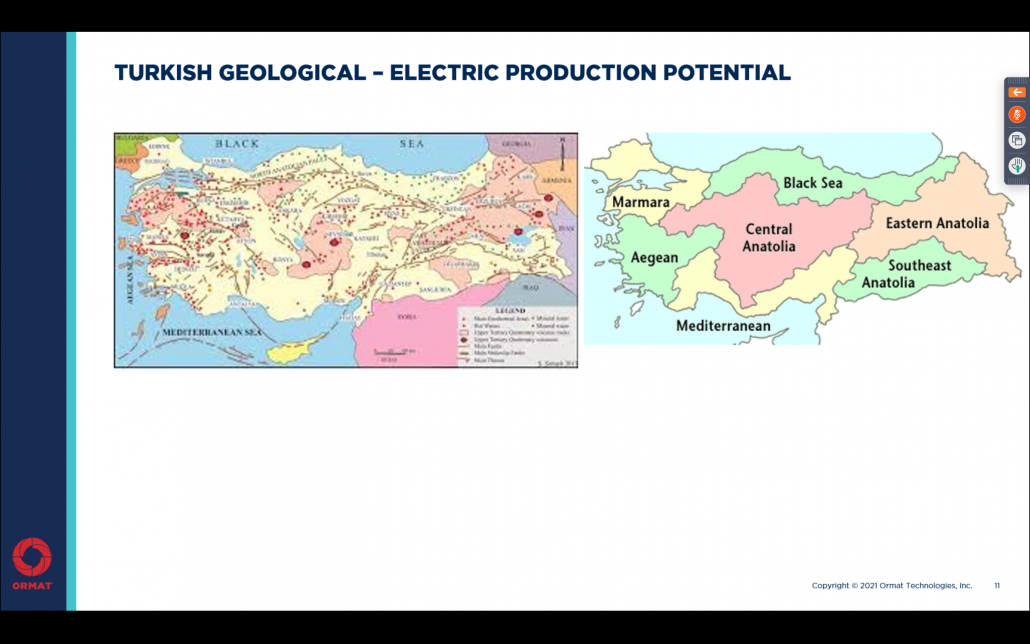START Consortium Meeting, 6 & 7 June 2024, Oslo, Norway
The 2024 annual START meeting was held during the 6th and 7th June 2024 in Oslo, Norway, with partner SINTEF hosting the meeting. The meeting was dedicated to the status and future steps of the work being developed under the seven work packages, which include Work Package 7 – Innovation and Exploitation strategy, led by La Palma Research Centre. The main goal of START is to build an innovation ecosystem in the European Union (EU) related to the development of sustainable and economically viable tellurium-free thermoelectric (TE) energy harvesting systems based on innovative mine waster recycling, to be applied in heavy industry for waste heat recovery and also as primary power source for energy harvesting for wearables, buildings, off-grid sensors and IoT devices.
The first day was dedicated to technical presentations, which were complemented with a workshop hosted by LPRC for data collection on commercial and feasibility aspects of the START technological developments. Collected parameters will feed into development of Task 7.2 – Industrial viability and economics.
The second day had technical presentations, the 5th START webinar, and another workshop hosted by LPRC, this time dedicated to sustainability of the START project after the funding period. First, LPRC presented the status and future steps in WP7, then the workshop was hosted connected to Task 7.4 – Sustainability and Deployment. During this workshop exercise, participants (project partners and advisory board representative) were asked to provide their ideas for the “START Service Company” in a Lean Canvas (a tool used for business planning purposes).
This was a great meeting and the perfect opportunity for LPRC to prepare its future work in Work Package 7.
Stay tuned for upcoming news on the project. Meanwhile, follow the project news on the website, Twitter and LinkedIn channels!


